
John Corigliano
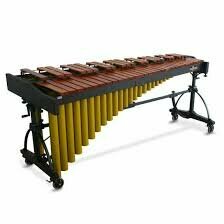
Marimba
The concerto opens with a Cadenza – first starting with unpitched notes and then a motive emerges, finally coming to rest on the idea of the interval of a fifth. As the Cadenza develops, you start to have a fine appreciation for the sounds that wood percussion (in this case marimba and xylophone) can make. These instruments are augmented by the unpitched wood instruments: wood block, claves, etc.
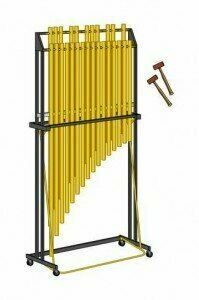
Tubular Bells
The orchestra enters, ready to race, but held back to limited notes. Just as the percussionist used a wide variety of sounds and techniques, so does the orchestra: repeated urgent notes rising, the calming voice of the low strings, and shimmery slithers.

Vibraphone
Beginning with a crash, we’re into the metal cadenza. The instruments are the tubular bells, tam tams, and suspended cymbals. The instruments are left to ring at the end, leaving us with a sound colouring the air but not actually being there.
Conjurer: Cadenza II
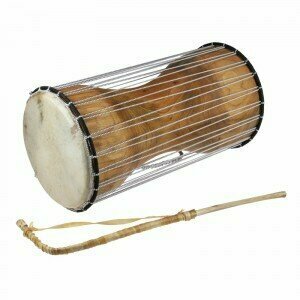
Talking drum
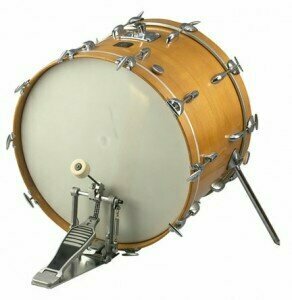
Kick Drum
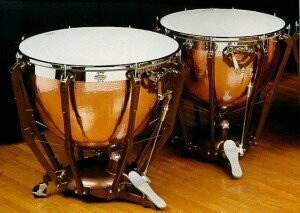
Pedal timpani

Martin Grubinger playing Conjurer with the New York Philharmonic
The orchestral section pits the orchestra against the percussionist’s use of pedal timpani. Played at times with the hands, rather than the usual sticks, these timpani can, like the talking drum, have their pitch changed quickly with the use of the pedal.

Evelyn Glennie
Conjurer: Skin
It’s an amazing tour-de-force for both the percussionist and the orchestra – in this case, the orchestra adapts itself to the needs of the driving percussion. In the middle movement, when everything calms down, the orchestra supports the lighter sound of the hand percussion.
This recording, by Evelyn Glennie, was presented with the 2014 Grammy Award for Best Classical Instrumental Solo.
